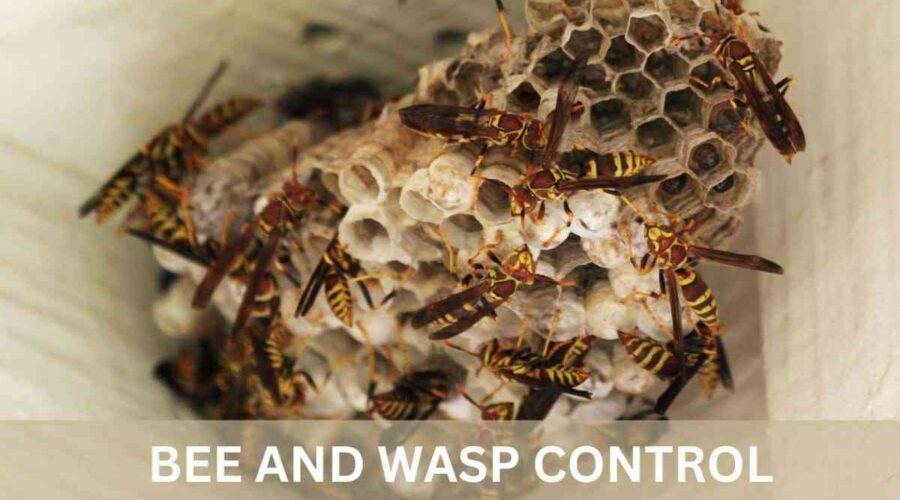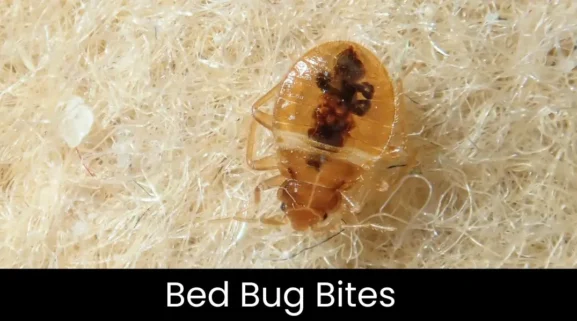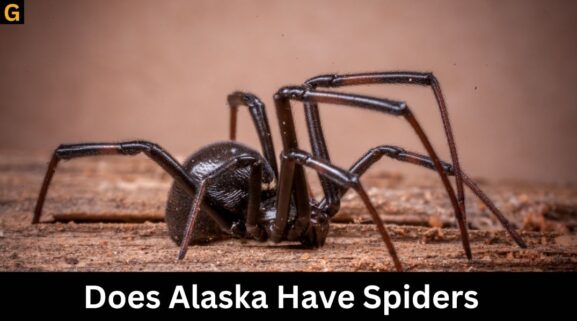Bee and Wasp Control: How to Identify & Handle Stinging Pests
Bee and wasp control is paramount. They can manage pests inside your house. These stinging insects can be a significant threat to your health and the structural integrity of your house. Knowing the difference between bees and wasps, identifying their species, and knowing how to handle infestations is the first step towards a safer environment. In this blog, we will see what species of bees and wasps are common in Illinois, the problems that they present, and effective strategies for bee and wasp control prevention and management.
Understanding the Differences Between Bees and Wasps
In spite of the fact that they share the ability to sting, bees and wasps couldn’t be more distinct in the matter of behaviours, appearances, and how they nest.
1. Bees:
Bees are usually rounder and hairy insects, fuzzy in the body to aid pollinating. Bees act as pollinators in Illinois and help ensure the continued health of the local ecosystem. Among the commonly occurring species of bees in Illinois are:
- Honeybees: They are gentle, unless provoked, and are best known for pollination and for yielding honey.
- Bumblebees: These large furry bees are also good pollinators. Although they can produce a sting, bumblebees seldom attack unless they feel threatened.
2. Wasp:
In contrast, the wasps are usually more aggressive. They have long, smooth, shining bodies without any fuzziness like the bees. Wasps are generally more territorial and can carry more painful and dangerous stings for allergic individuals. Commonly occurring wasps in Illinois are:
- Yellow jackets: These aggressive wasps dwell near food and sugar sources and can sting you many times.
- Paper wasps: They make papery nests and are more docile unless threatened.
Identifying Bees and Wasps
The first step in the process is bee and wasp control and to know them. Here are some key identification tips:
In general, bees are larger, hairy, and stockier. They tend to be slow, often seen feeding on nectar from flowers.
Wasps, on the other hand, generally have smooth bodies, and slenderness, and are much faster than bees. They race about erratically and spend much time in the company of food or rubbish bins.
Nesting is similarly different for bees and wasps. A bee’s nests are commonly situated in hollow trees, walls, or attics, while a wasp’s nests are usually built in eaves, attics, or in the ground. Wasps build open nests that can be seen from a distance, while bee nests are typically sealed or hidden in some way.
Problems Caused by Bees and Wasps
Both bees and wasps can cause significant problems in Illinois homes and businesses. These problems include:
1. Health Risks: Both bees and wasps may sting when provoked, and stings are in some cases potentially life-threatening due to subsequent allergic reactions including anaphylaxis. People who have a known allergy to insect stings are at most risk.
2. Structural Damage: Wasps, especially yellowjackets, can build their nests within walls, attics, or under eaves, thus causing structural damage to the home. While bees are less likely to cause structural damage, their nests attract pests and must be removed to avoid issues down the road.
3. Safety Hazards: Stinging insects can make outdoor spaces unsafe. Whether hosting a barbecue or enjoying the garden, a wasp or bee nest nearby can be a huge safety concern for you and your family.
Where to Find Bees and Wasps in Illinois
With a growing population of residents in Illinois, the presence of bees and wasps is likely impressive, especially during summer. Whereas bees are known for their attraction to flowering trees, fruit trees, and gardens, wasps tend to be attracted to trash bins and food sources, notably sugary drinks. They will nest near those same areas.
Here are some of the most common places where bees and wasps might set up their nests:
1. Gardens and Yards: The flowering garden plants could attract bees, while food sources or trash bins might attract wasps.
2. Attics and Fascia: Wasps are more likely to build their nests in areas protected against the elements such as under eaves or in attics, while bees may set up nests in hollows or walls.
3. Trees and Bushes: These insects can also nest in evergreen ones or other kinds of species found mostly within the cities and park states, provided the environment gives enough protection and proximity to their food sources.
Prevention Tips for Bee and Wasp Control
Effective bee and wasp control begins with prevention. Here are some tips to minimize the risk of infestation:
1. Seal Entry Points: Seal any cracks and gaps in the walls, windows, and doors of the house. This will help keep them from entering your house and building nests inside.
2. Remove Food Sources: All outdoor food should be covered and spills promptly cleaned. With sugary sweets or drinks, wasps will come.
3. Yard Maintenance: Mow trees and hedges regularly to get rid of potential nesting grounds for bees and wasps. Also, remove any decaying fruit from your property, as this can attract these pests.
4. Wasp Traps: Consider setting out wasp traps from the hardware store or a supply store around your home. These traps attract and kill wasps, reducing the chance of an infestation.
5 Natural Repellents: You can also use some natural repellents for keeping bees and wasps away when building a nest near your home. Examples are peppermint oil and citronella.
6. Professional Help: As soon as you notice any nest forming in your yard, it is best to call for professional pest control help. Removing the nests can be quite dangerous and the professionals have the right tools and equipment to perform the task safely.
Handling Bee and Wasp Infestations
If you are dealing with a beehive or wasp infestation, then proper care must be taken to handle them. While bees contribute to pollination, their presence in homes or places of business can be problematic. Wasps, however, tend to be a bit more aggressive and dangerous.
If you see a nest existing on your premises, immediately call a bee and wasp control pest service. They can assess the problem by determining the species of pest and removing the nest in the safest possible way. Do not attempt to remove a wasp or bee nest by yourself, especially since disturbing the nest may trigger aggressive stinging behaviour.
Conclusion
Being familiar with the differences between bees and wasps, their correct identification, and knowing how to control and prevent their infestation is crucial in ensuring that the home is safe and free of discomfort in the state of Illinois. Whether they turn out to be a minor pest or a full-blown infestation, proper bee and wasp control should be undertaken to ensure the family’s safety and property. For bee or wasp issues, do not hesitate to engage professional pest control services.
Get in touch with GOGETFIX now for expert bee and wasp control services to ensure your home is devoid of stinging pests!



